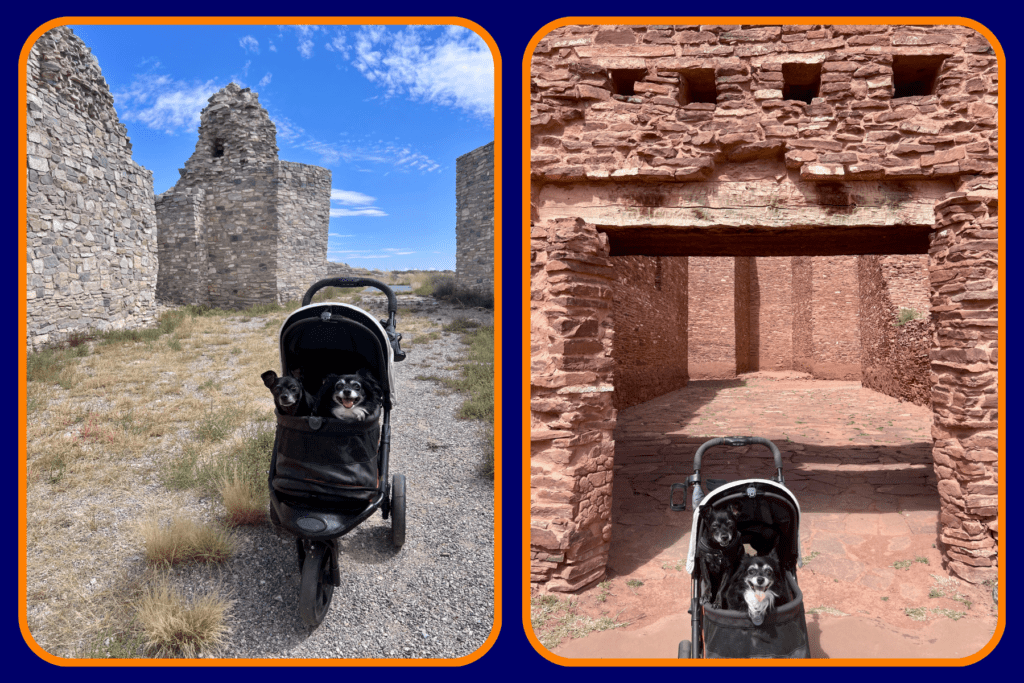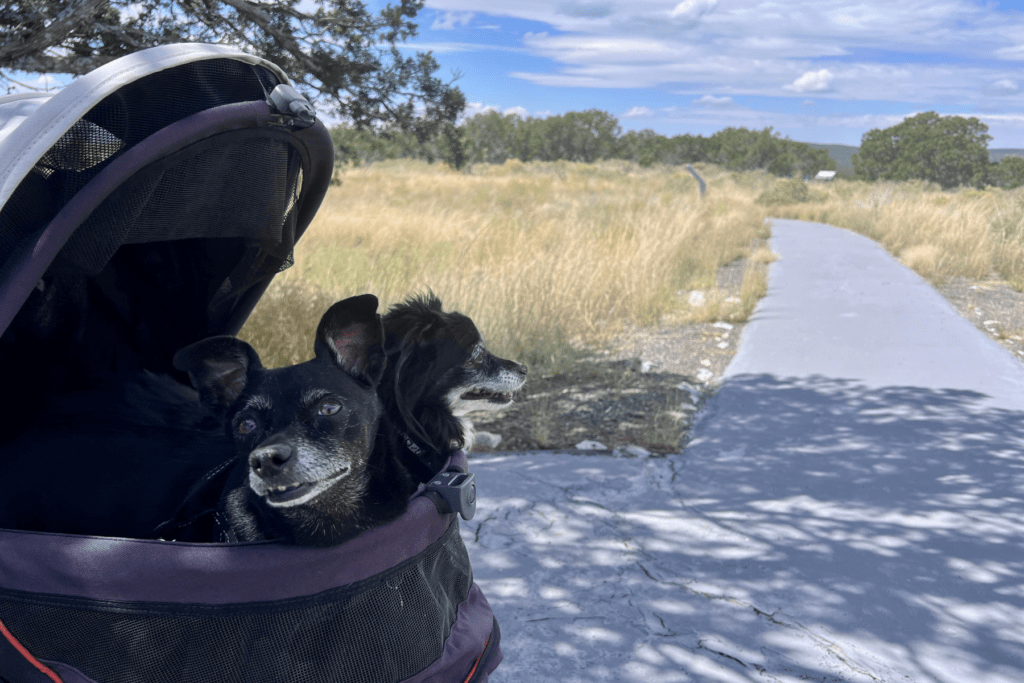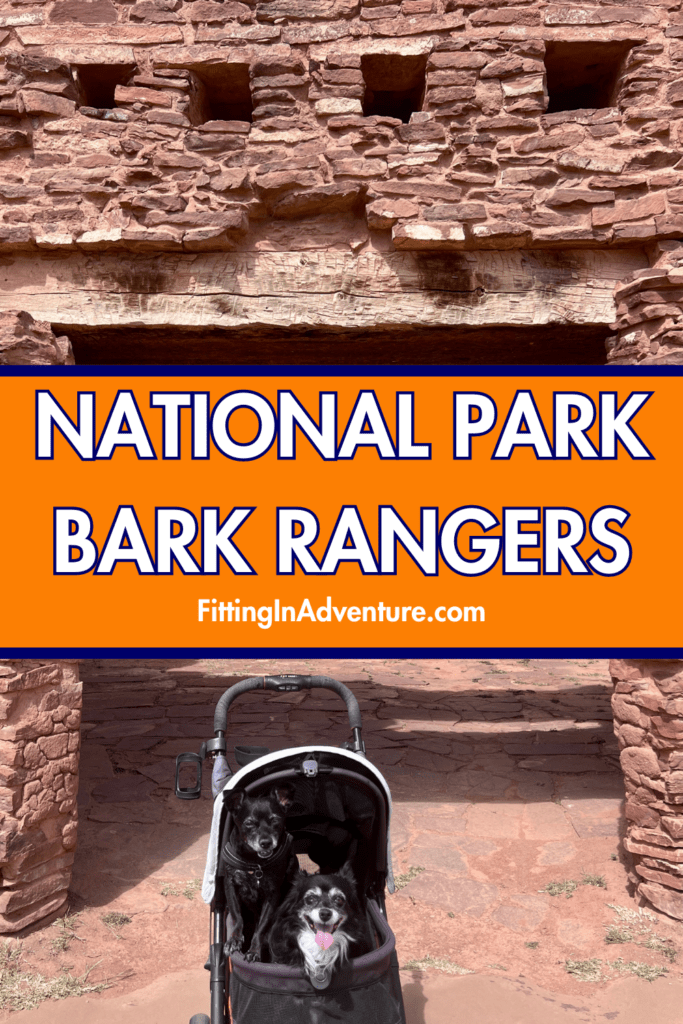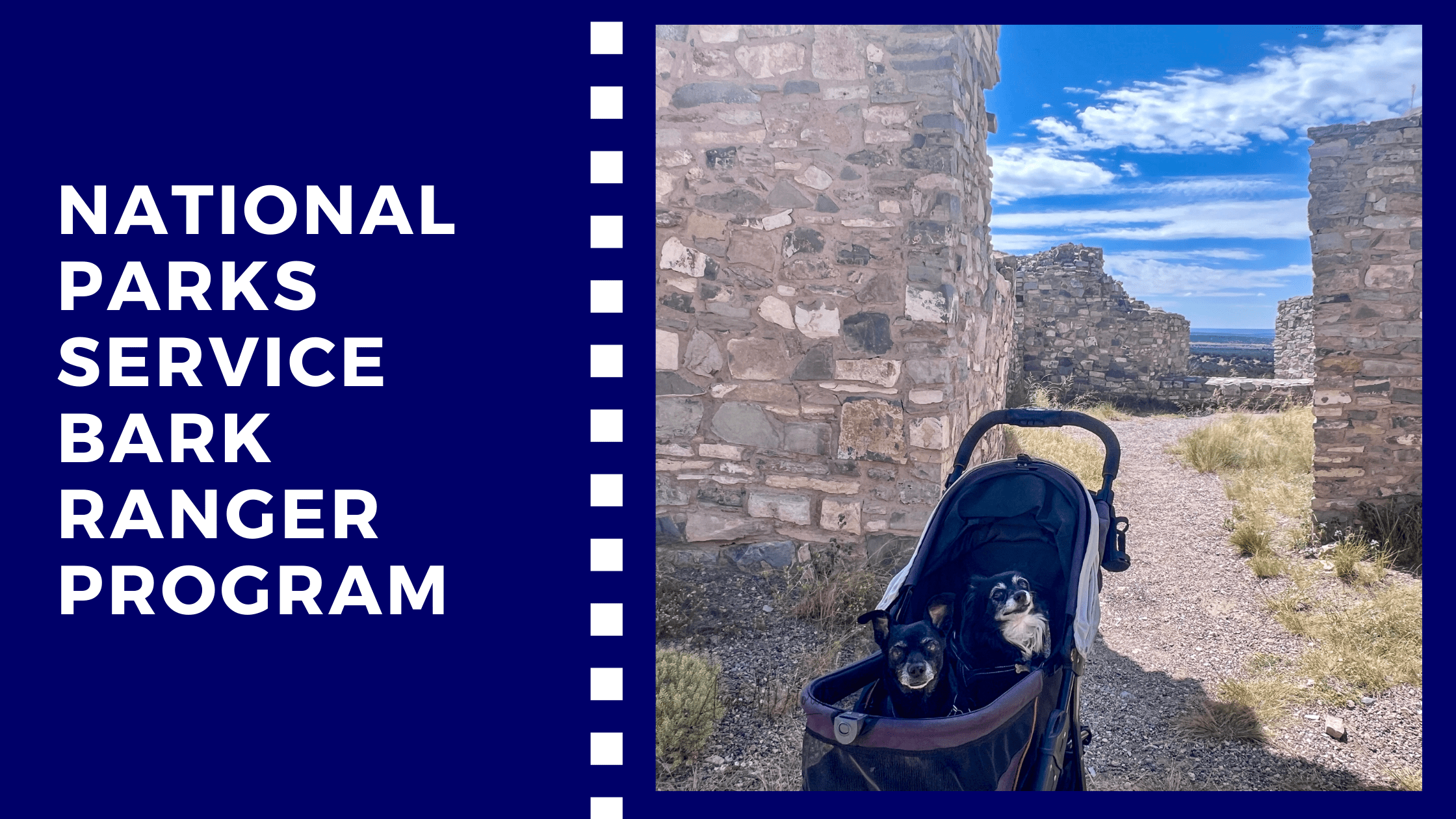For many outdoor enthusiasts, the joy of exploring national parks is enhanced by the company of their furbaby. However, balancing the preservation of natural environments with ensuring a safe and enjoyable experience for both dogs and their owners can present challenges. To address this, the National Park Service (NPS) introduced the Bark Ranger Program—a unique initiative that encourages dogs and their owners to contribute to the stewardship of America’s national parks.
Disclosure: Some links on our site are affiliate links. If you purchase a linked item, we will make a commission, at no extra charge to you.

The Bark Ranger Program
The Bark Ranger Program was created to address the increasing number of visitors bringing pets to national parks. While pets bring joy to many, they can also pose risks to the environment and wildlife.
The program’s primary mission is to promote responsible pet ownership while safeguarding the parks’ natural resources. Through the Bark Ranger Program, the NPS educates dog owners on the potential impacts of their pets, such as disturbing wildlife, spreading invasive species, and leaving waste behind.
By participating in the program, dog owners become ambassadors for the parks, spreading the message of conservation and responsible recreation. The program also fosters a sense of community among dog owners, offering opportunities to connect with others who share a love for nature and a commitment to preserving it for future generations.
Becoming a Bark Ranger: The Requirements
Enrolling a dog in the Bark Ranger Program is straightforward but comes with important responsibilities that pet owners should take seriously. While specific requirements may vary slightly from park to park, the core principles remain consistent across the NPS.
- Leash Your Pet: Dogs must be kept on a leash at all times, typically no longer than six feet. This rule ensures the safety of the dog, other visitors, and wildlife. A leashed dog is less likely to stray off-trail, disturb wildlife, or encounter dangerous situations, such as getting too close to a cliff or encountering a snake.
- Stay on Designated Trails: Dogs participating in the Bark Ranger Program must stay on designated trails to minimize their environmental impact. Off-trail exploration can lead to soil erosion, the trampling of native vegetation, and the disruption of wildlife habitats. Staying on the trails also prevents dogs from entering areas that may house endangered or sensitive species.
- Leave No Trace: A key tenet of the Bark Ranger Program is the “Leave No Trace” principle, which emphasizes the importance of cleaning up after your dog. Pet waste can introduce harmful bacteria into the environment and disrupt the soil’s natural nutrient balance. Many parks provide waste disposal stations and biodegradable bags to help dog owners meet this responsibility.
- Respect Wildlife: The presence of dogs can stress wildlife, especially in areas where human-animal interactions are limited. Bark Rangers are taught to maintain a respectful distance between their pets and wildlife, reducing the risk of encounters that could be dangerous for both animals and humans. Dog owners are encouraged to be vigilant and avoid areas where wildlife is known to be active.
- Be Considerate of Other Visitors: National parks are shared spaces, and Bark Rangers must ensure their dogs do not disrupt the experience of other visitors. This includes minimizing barking, preventing dogs from approaching others without permission, and avoiding busy areas during peak times.


Participating Parks and Events
The Bark Ranger Program is available at many national parks across the United States, each offering unique experiences and opportunities for dogs and their owners. While the program’s core principles are consistent, some parks may offer additional activities or events for Bark Rangers.
Many parks also host special Bark Ranger events, such as the annual “Bark in the Park” celebration at Olympic National Park in Washington. This event includes guided hikes, educational presentations, and opportunities for dogs to earn their Bark Ranger badges by completing various activities.
In addition to national parks, the Bark Ranger Program is also available at some national monuments, historic sites, and recreation areas. This wide availability ensures that dog owners across the country can participate in the program, no matter their location or preferred type of outdoor adventure.
The National Park Service’s Bark Ranger Program is an example of how responsible pet ownership and environmental stewardship can go hand in hand. By participating in the program, dog owners and their pets become active contributors to the preservation of America’s natural treasures. Whether it’s through a simple hike on a designated trail or participating in a larger conservation effort, Bark Rangers play a vital role in ensuring that the parks remain pristine and accessible for future generations.
So, the next time you plan a visit to a national park, consider bringing your dog along and becoming a Bark Ranger. Together, you can explore the great outdoors while making a positive impact on the environment—a win-win for you, your furry friend, and the national parks we all cherish.



